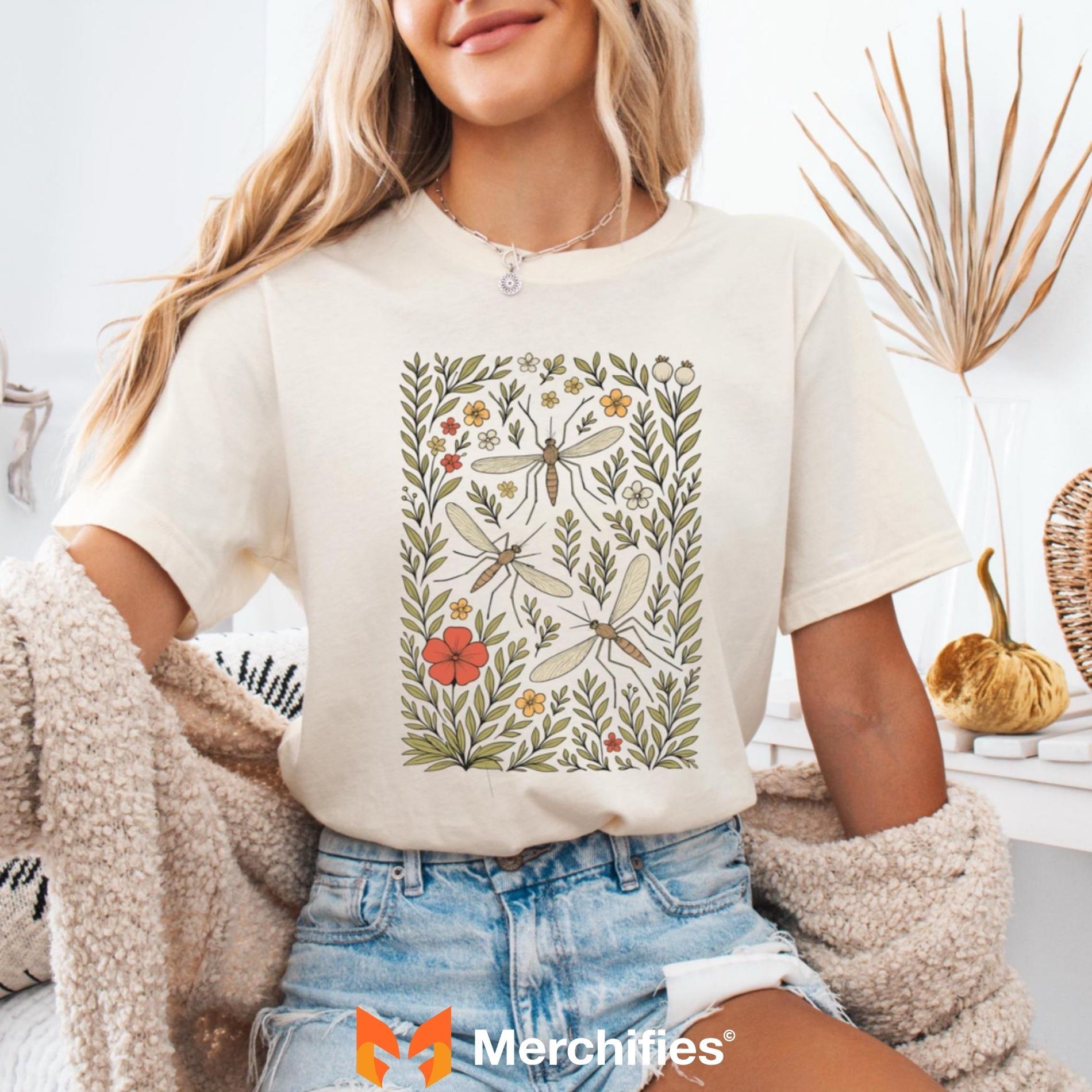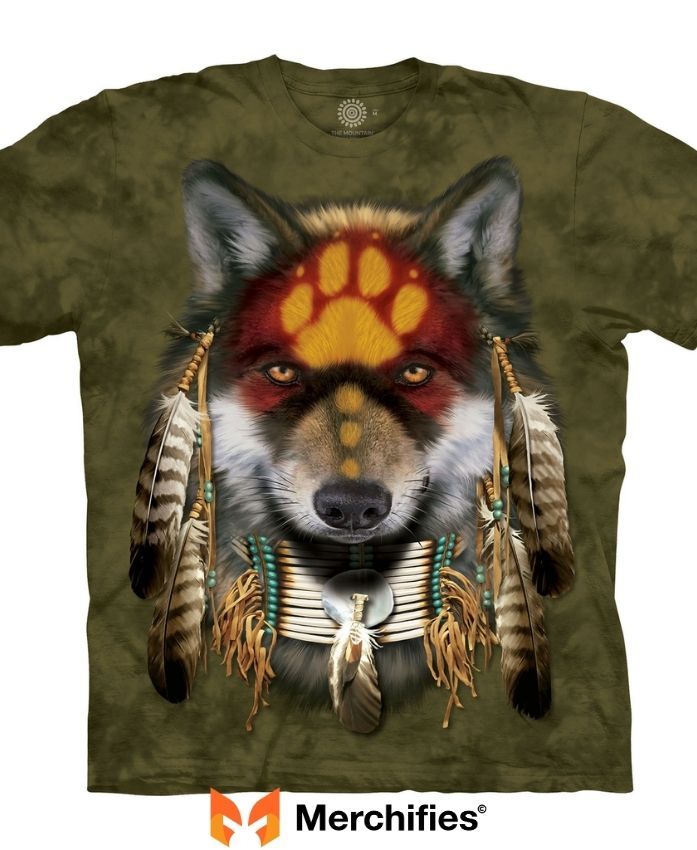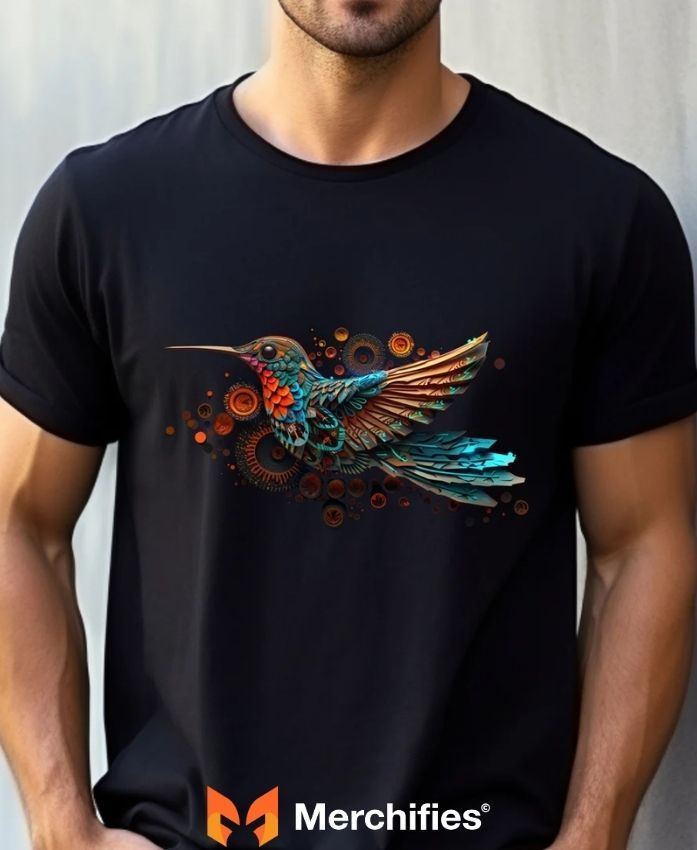25 Most Beautiful Native American T-Shirt Designs
Explore 25 of the most beautiful Native American T-shirt designs that honor heritage, symbolism, and craftsmanship while blending traditional art with modern fashion aesthetics.

Blog Post Contents
Explore inspiring Native American design ideas perfect for tribal pattern t-shirts. Learn about the rich cultural heritage, diverse patterns, and how to incorporate them respectfully into your apparel designs.
Unveiling Native American Design Ideas for Authentic Tribal Pattern T-Shirts
The world of design constantly seeks inspiration, and few artistic traditions offer the depth, beauty, and storytelling power of Native American art. Its timeless appeal and profound cultural significance resonate deeply, making it a natural choice for those looking to create meaningful and visually stunning apparel. This article aims to explore Native American design ideas specifically curated for tribal pattern t-shirts, guiding you through a journey of diverse Indigenous artistry.
As an expert in this field, Evelyn Sage emphasizes the critical need for cultural appreciation over appropriation. Her insights underscore that engaging with these designs means understanding their origins, respecting their meanings, and ensuring ethical representation. In the following sections, we’ll delve into the vibrant tapestry of Native American patterns, their symbolic significance, and crucial considerations for incorporating them respectfully into your Indigenous t-shirt designs. Get ready to discover rich cultural design inspiration that honors heritage while creating striking tribal print shirts.
Understanding the Rich Tapestry of Native American Art & Culture (E-E-A-T Focus)
Native American art is far more than just aesthetics; it's a living testament to millennia of cultural heritage, belief systems, and communal identity. Each line, color, and motif often carries a profound narrative, making it essential to approach these designs with reverence and a desire to learn.

More Than Just Patterns: The Deep Meanings Behind Indigenous Designs
Indigenous designs are rarely purely decorative. They are visual languages, often telling stories of creation, representing spiritual beliefs, or signifying tribal identity and history. For instance, a geometric pattern might depict a mountain range sacred to a particular community, while an animal motif could embody the spirit of a revered totem. Across the hundreds of distinct Native American tribes, each boasts a unique artistic vocabulary, demonstrating an incredible diversity that reflects varied landscapes, traditions, and worldviews. Understanding these layers of meaning is the first step toward respectful engagement.
Appreciation vs. Appropriation: Designing with Respect
When discussing Native American design ideas for tribal pattern t-shirts, the conversation invariably turns to the crucial distinction between appreciation and appropriation. Cultural appropriation occurs when elements of a minority culture are adopted by a dominant culture, often without understanding, acknowledgment, or permission, and typically for profit. To design with respect, Evelyn Sage advises adhering to clear guidelines: thoroughly research the specific tribal origins of any design inspiration, attribute the source whenever possible, and gain a genuine understanding of its significance. Most importantly, consider supporting Native artists directly, ensuring they benefit from their cultural heritage. This article aims to educate and inspire respectful creation; it does not provide designs for direct copying without proper context, permission, or collaboration with Indigenous creators.
25 Inspiring Native American Design Ideas for Tribal Pattern T-Shirts
Here, we explore a diverse range of Native American T-shirt patterns that offer wonderful inspiration for unique tribal print shirts, keeping in mind the importance of respectful design.

Geometric Marvels: Precision & Symbolism
Geometric patterns are a cornerstone of many Indigenous art forms, showcasing incredible precision and deep symbolic meaning.
- Navajo Rug Patterns: Known for their intricate diamonds, zigzags, and stepped motifs, these patterns often represent mountains, clouds, and ceremonies, embodying the harmony of the universe.
- Pueblo Pottery Designs: Fine lines, spirals, and abstract representations of rain and cloud symbols are common, reflecting the connection to life-giving elements.
- Acoma Mimbres Patterns: Characterized by bold black-and-white geometric patterns, these designs often feature stylized animalistic forms, evoking ancient spiritual connections.
- Sioux Star Quilts: The iconic eight-pointed star design, traditionally made with fabric pieces, represents honor, generosity, and community bonds, making a powerful statement.
- Cherokee Basket Weave: Complex interweaving patterns, both structural and decorative, symbolize community, connection, and the strength found in unity.
- Hopi Katsina Figures (Stylized Geometrics): While Katsinas are spiritual beings, their stylized representations in art often involve angular, geometric features that convey sacred energies.
- Zuni Sun Symbol: Circular designs with feathered rays are a powerful emblem of life, warmth, and the sacred sun.
- Yup'ik Mask Motifs: Abstract and geometric forms, often depicting human or animal spirits, bring a unique artistic perspective for Indigenous t-shirt designs.
Nature's Influence: Animal Totems & Elemental Connections
Animals and natural elements are revered across Native American cultures, serving as powerful totems and symbols of spiritual connection
9, Raven (Pacific Northwest): A trickster and creator, the raven symbolizes creation, transformation, and profound knowledge
10. Bear (Various Tribes): Representing strength, courage, and healing, the bear is a significant guardian and helper in many traditions.
11. Wolf (Plains & Woodlands): A symbol of loyalty, intelligence, and family, the wolf embodies powerful community bonds.

12. Eagle Feather (Pan-Tribal): Universally recognized as a symbol of honor, respect, and connection to the Creator, it conveys deep spiritual significance.
13. Buffalo (Plains Tribes): Sacred and representing sustenance and abundance, the buffalo is central to the survival and spiritual life of many Plains peoples.
14. Hummingbird (Southwest): Symbolizing joy, healing, and often seen as a messenger between worlds.
15. Salmon (Pacific Northwest): Represents abundance, prosperity, and the life cycle, crucial for communities reliant on its yearly return.
16. Sun & Moon Symbols: Universal life givers, balance, and the cyclical nature of time, often depicted in stylized forms.
17. Water/Rain Cloud Motifs: Essential life-giving elements, especially in arid regions, these patterns symbolize sustenance and spiritual renewal.

Storytelling & Symbolic Motifs
18. Many designs tell stories or represent specific concepts, offering rich narrative potential for tribal pattern t-shirts.
19. Dreamcatcher Elements: Originating with the Ojibwe, elements of dreamcatcher designs symbolize protection and good dreams.
20. Kokopelli (Southwest): The humpbacked flute player, a symbol of fertility, joy, and the spirit of music and revelry.
21. Thunderbird (Various Tribes): A powerful mythical bird symbolizing power, protection, and strength, often bringing rain and storms.
22. Medicine Wheel: Representing harmony, the cycles of life, and the connection to the natural world, a profound symbol of balance.
23. Petroglyph & Pictograph Inspirations: Ancient rock art offers a wealth of inspiration, depicting figures, animals, and abstract symbols that bridge past and present.

Basketry Coils & Weaves: Beyond functionality, the patterns in traditional basketry represent community, tradition, and artistic mastery.
24. Warrior Shields (Stylized): Abstract or stylized shield designs can evoke strength, protection, and tribal identity.
25. "Friendship" or "Unity" Symbols (Generic Interpretations): Simple geometric shapes representing connection or solidarity, though care should be taken to ensure specific tribal context is either known or avoided if generic interpretation is used.
Designing Tribal Pattern T-Shirts: Tips for Respectful & Aesthetic Apparel
Translating these rich Native American design ideas into apparel requires thoughtful consideration, blending aesthetic appeal with cultural sensitivity.

Choosing Colors & Palettes
Traditional Indigenous color palettes often carry specific meanings—for example, turquoise for protection and health, red for earth or war, black for night or mystery. When designing tribal print shirts, you can draw from these traditional color meanings or adapt them into modern interpretations while striving to maintain an authentic feel. Harmony in color choice enhances the integrity of the design.
Placement & Scale
The way a pattern is placed and scaled on a t-shirt profoundly impacts its visual effect. Consider using smaller, intricate designs as focal points on the front or back, while larger, repetitive Native American patterns can work well for all-over prints or sleeve accents. Ensuring the design's integrity is maintained when scaled up or down is crucial, avoiding distortion of its original meaning or form.
Beyond the Pattern: Incorporating Text & Modern Elements
Sometimes, combining Indigenous designs with typography or modern graphic elements can create unique Indigenous t-shirt designs. The key is to create a harmonious blend where the text or modern elements complement, rather than overshadow, the original art. Subtlety and reverence should guide these pairings.
Fabric & Print Considerations
The choice of fabric and print method is vital for the final quality and aesthetic. As Evelyn Sage often explains in her workshops, "A vibrant pattern deserves a canvas that will truly make it pop." Screen printing is excellent for bold, graphic designs, while sublimation can capture the intricate details and broad color gradients of complex patterns on synthetic fabrics. Consider the fabric's drape and how it will interact with the design to ensure the best outcome for your tribal pattern t-shirts.
Ethical Sourcing & Supporting Indigenous Artists (Helpful Content & E-E-A-T)
The ethical dimension of using Native American patterns is paramount. By choosing to source ethically and support Indigenous artists, you contribute to cultural preservation and economic empowerment.

Where to Find Authentic Designs
For those truly committed to respectful design, seeking out authentic Native American design ideas is crucial. This means purchasing directly from Native American artists and co-operatives, which ensures fair compensation and cultural context. Reputable cultural centers, museums, and licensed collections that explicitly state a portion of proceeds benefit Indigenous communities are also excellent resources. Avoid mass-produced imitations that often misrepresent or appropriate sacred art.
Why Supporting Native Artists Matters
Supporting Native artists goes far beyond a transaction; it's an act of respect and solidarity. It promotes economic empowerment within Indigenous communities, allowing artists to continue their ancestral practices and preserve their cultural heritage. Furthermore, when you acquire designs directly from creators, you ensure authenticity, proper attribution, and that the story behind the art is told truthfully. This commitment strengthens the E-E-A-T of your own endeavors and contributes positively to the wider community.
Questions to Ask Before You Buy or Use
Before purchasing or using any Native American patterns, ask yourself these critical questions:
- "Who is the artist behind this design?"
- "Does a portion of the proceeds directly benefit Indigenous communities or the specific tribe whose art inspired this design?"
- "Is this design culturally appropriate for commercial use, or does it carry sacred meanings that should not be commodified?"
- Answering these questions honestly will guide you toward ethical choices for your tribal pattern t-shirts.
Conclusion
Our journey through Native American design ideas for tribal pattern t-shirts reveals a world rich in history, symbolism, and unparalleled artistic beauty. From the precise geometrics of Navajo rugs to the powerful symbolism of the Thunderbird, these Native American patterns offer endless inspiration.
Ultimately, engaging with Indigenous art is a privilege that comes with responsibility. As Evelyn Sage consistently reminds us, the true value lies not just in the visual appeal but in the deep respect for the culture it represents. By prioritizing appreciation, education, and ethical choices, you contribute to a positive cycle that honors tradition and supports living artists. We encourage you to continue learning, seek out authentic Indigenous art, and apply these design inspirations thoughtfully and respectfully in your apparel projects. Native American art is a living, evolving tapestry; engage with it mindfully, and let its stories enrich your creations.
FAQ Section
Q: Is it okay to use Native American designs on t-shirts?
A: Yes, with respect, understanding, and ideally, by supporting Native artists or using designs that are in the public domain with cultural sensitivity. It's crucial to avoid cultural appropriation.
Q: How can I ensure I'm being respectful?
A: Research the design's origin and meaning, attribute it properly, avoid stereotypes, and consider purchasing directly from Indigenous creators or licensed collections that give back.
Q: Where can I buy authentic Native American pattern t-shirts?
A: Look for Native-owned businesses, certified Indigenous art markets (online and in person), and platforms that explicitly support Native artists. Avoid generic "tribal print" items that lack genuine connection.
Q: What do common Native American symbols mean?
A: Meanings vary widely by tribe, but some common interpretations include the Thunderbird (power, protection), Eagle feather (honor, connection to Creator), and Medicine Wheel (harmony, cycles of life). Always research specific tribal context if possible.
Q: Are there any designs that should always be avoided?
A: Yes, designs associated with sacred ceremonies, specific spiritual practices, or protected tribal symbols should generally be avoided unless explicitly licensed or created by a tribal member for public use. Stereotypical or caricatured representations are also highly disrespectful.